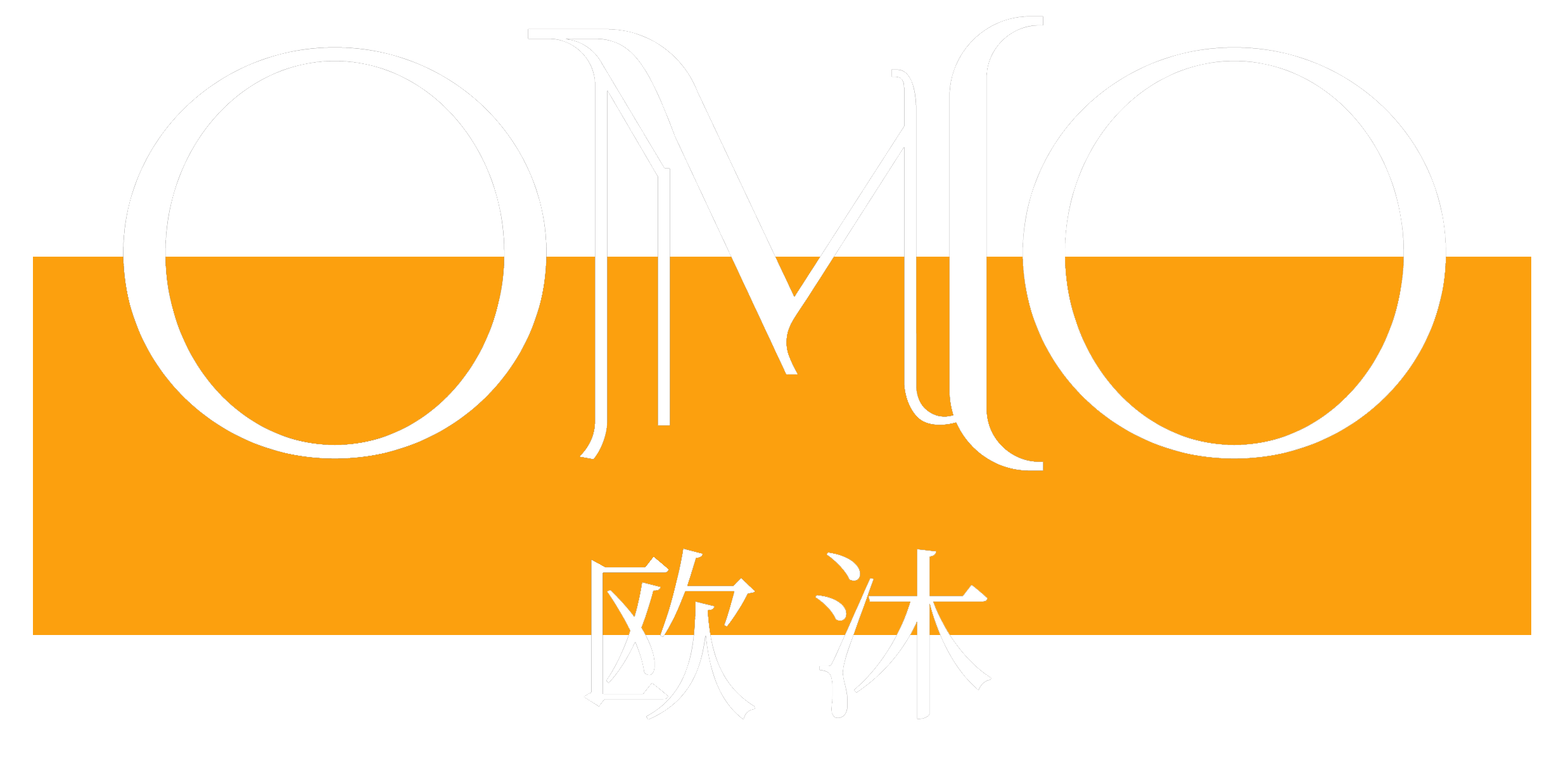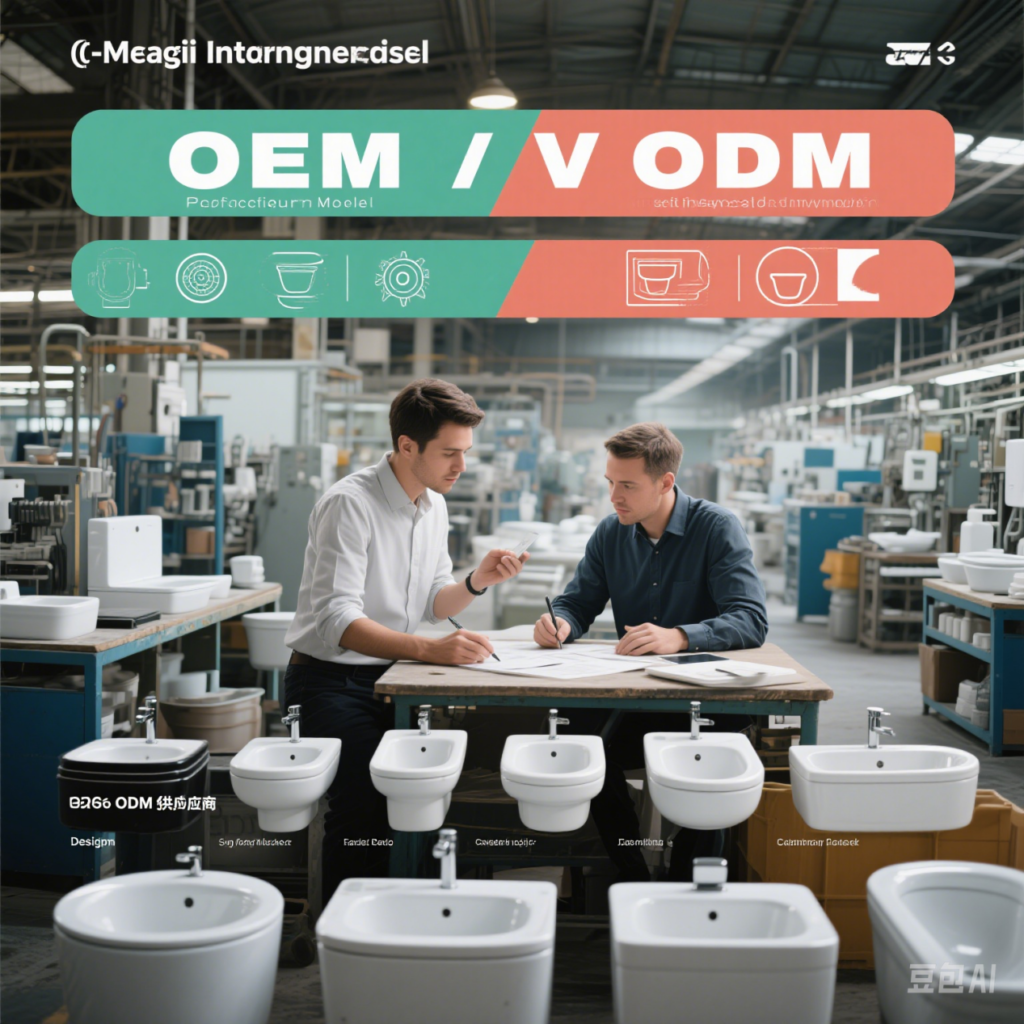Title: Understanding OEM vs ODM in the Sanitary Ware Industry
Intro:
When sourcing products for your bathroom brand, you’ll come across two key terms—OEM and ODM. But what exactly do they mean, and how do they apply to the sanitary ware industry? Whether you’re an established business or just starting, understanding the difference between these two models can help you make better decisions for your brand. Let’s break it down!
1. What is OEM (Original Equipment Manufacturer)?
OEM stands for Original Equipment Manufacturer. In this model, you provide the design specifications for the product, and the manufacturer creates the product based on your requirements. This is often used when you want to maintain full control over the design and branding of the product.
Pros: Full control over product design, branding, and features. Ideal for businesses that have a unique vision.
Cons: Higher upfront costs for design and development, longer lead times for product development.
2. What is ODM (Original Design Manufacturer)?
ODM, on the other hand, stands for Original Design Manufacturer. In this model, the manufacturer offers pre-designed products that you can customize with your brand name and minor adjustments. ODM allows for a quicker turnaround time and less involvement in the design phase.
Pros: Faster production, lower costs due to existing designs, and more flexibility in branding.
Cons: Less control over the overall design and product features. Limited customization options.
3. How to Choose Between OEM and ODM for Your Business
The decision to go with OEM or ODM largely depends on your business needs and goals.
Choose OEM if you want a unique product that reflects your brand vision, have a larger budget, and can wait for the production time to create something exclusive.
Choose ODM if you need a quicker, more affordable solution and are comfortable with the manufacturer’s designs while still getting a customizable product.
4. Why It Matters for the Sanitary Ware Industry
In the sanitary ware industry, the choice between OEM and ODM can impact both your product offerings and time to market. OEM is often chosen for more specialized or high-end products, while ODM is great for businesses looking to offer a range of products quickly without heavy involvement in the design process.
Why It Matters for Businesses
Understanding the OEM vs ODM decision-making process helps businesses choose the right path for cost-efficiency and timely product delivery. Whether you’re aiming for exclusive, high-end products or a wide range of affordable options, knowing the strengths and limitations of both models is key to scaling your business effectively.
Conclusion
Whether you’re working with OEM or ODM manufacturers, both models offer distinct advantages depending on your business needs. It’s important to evaluate the trade-offs and make a decision that aligns with your business strategy, brand vision, and timeline. By choosing the right manufacturing model, you’ll be in a better position to succeed in the competitive sanitary ware market.

